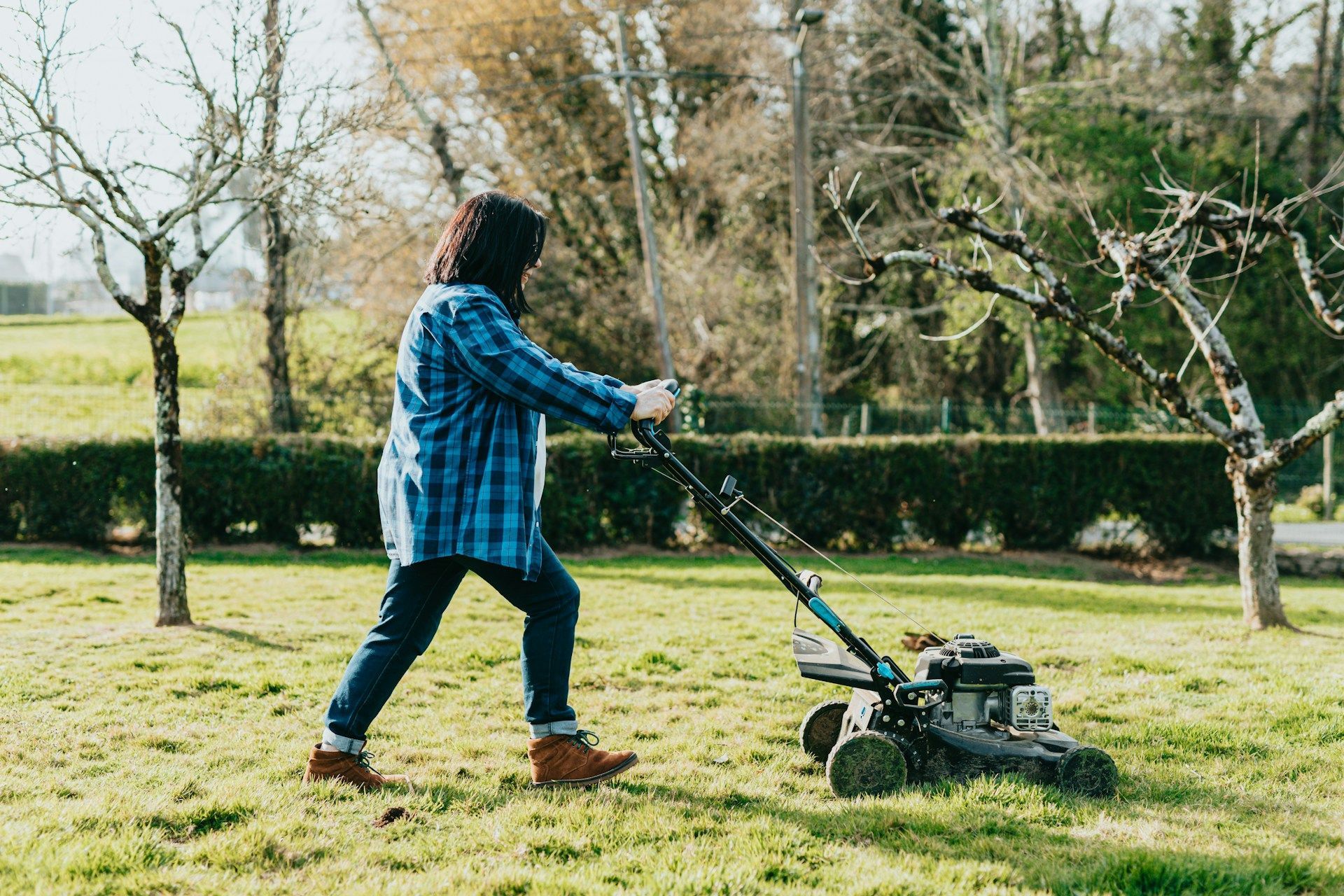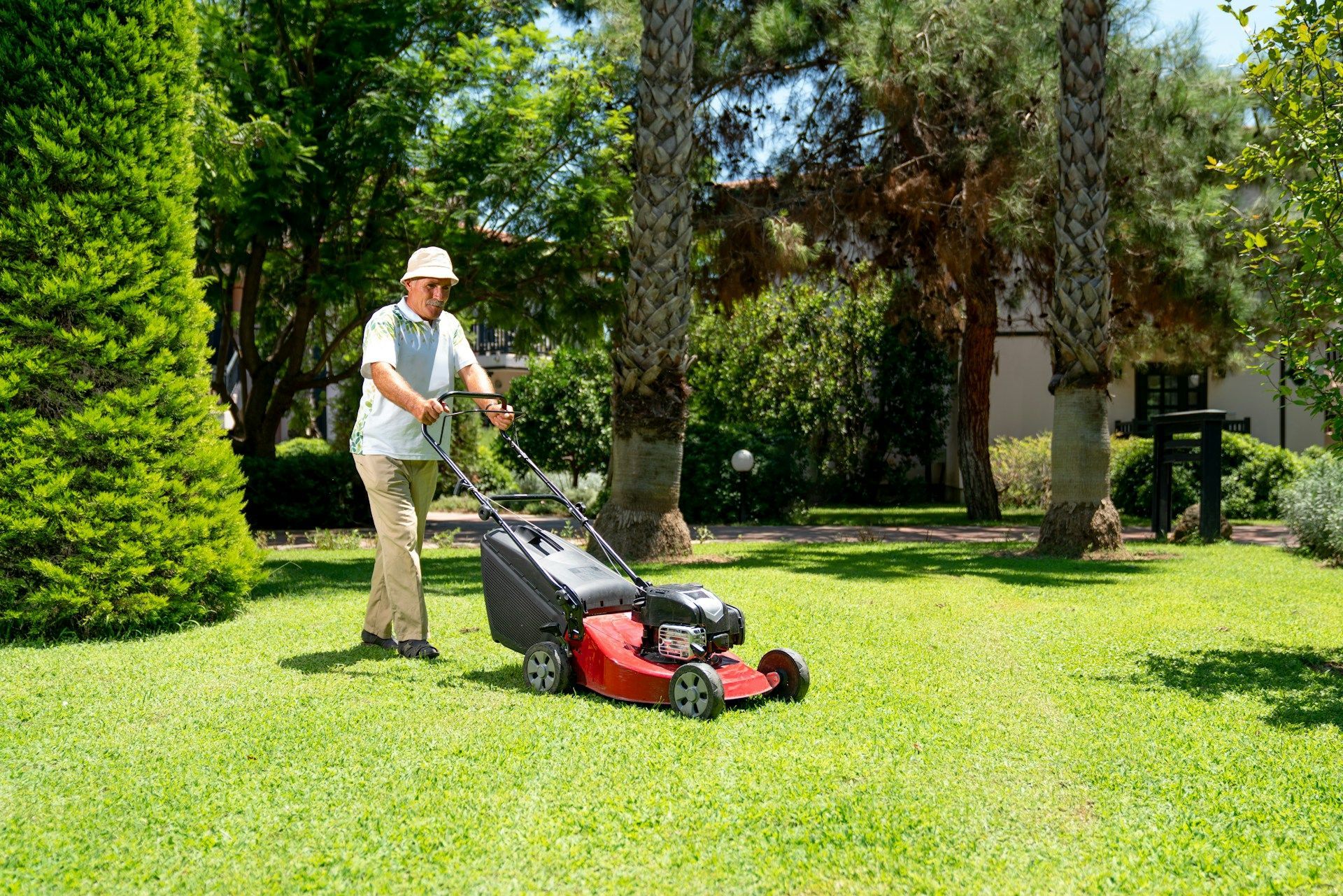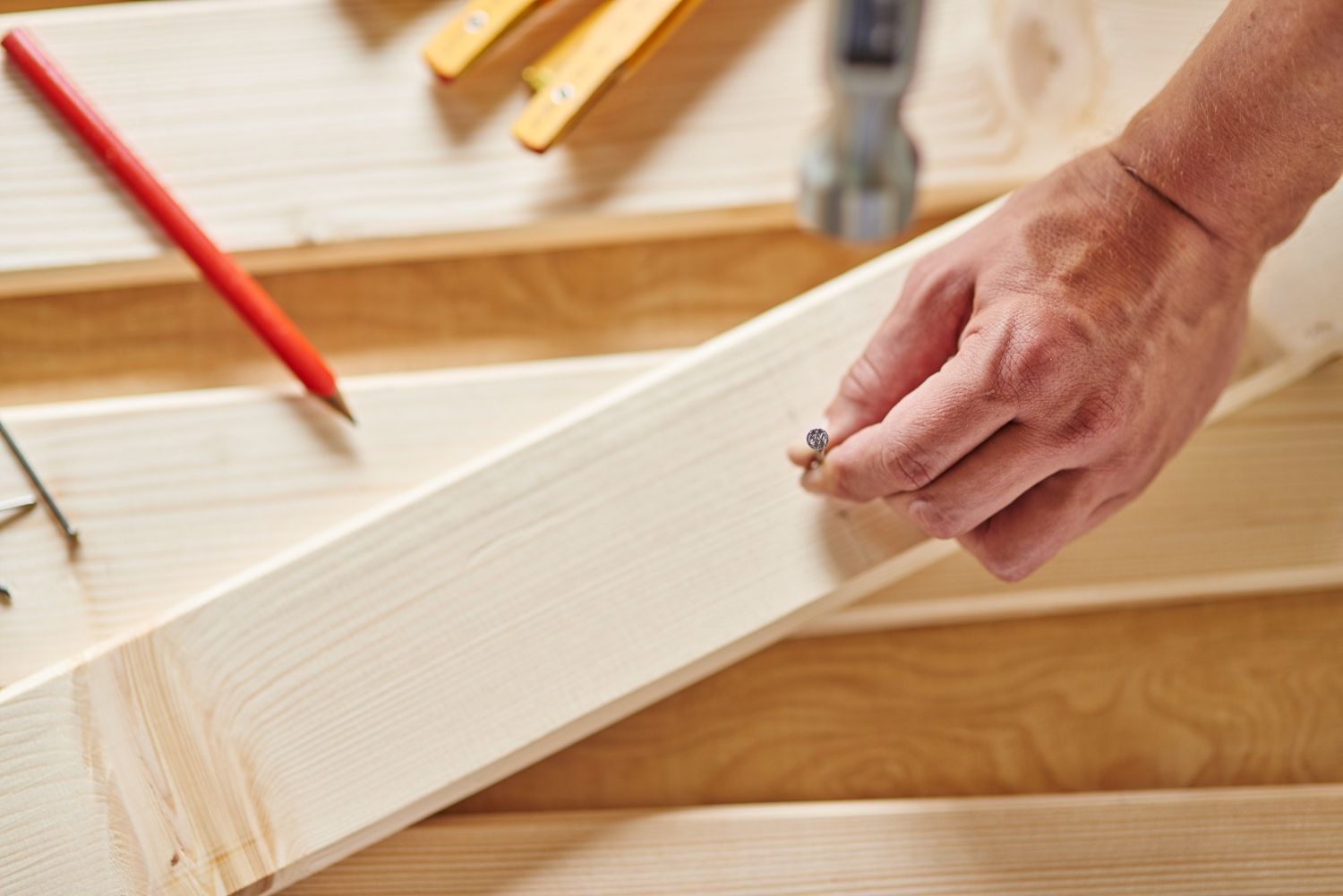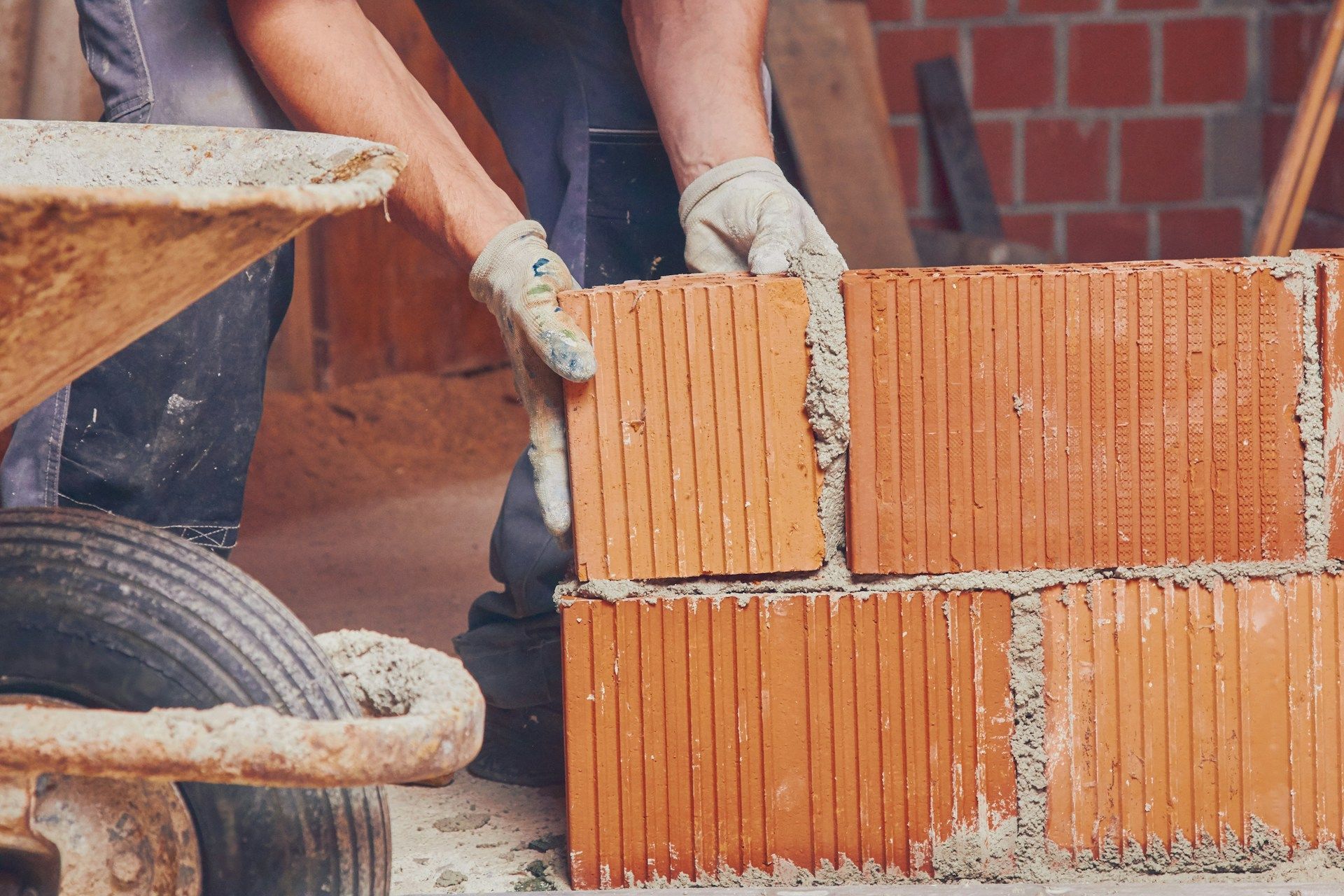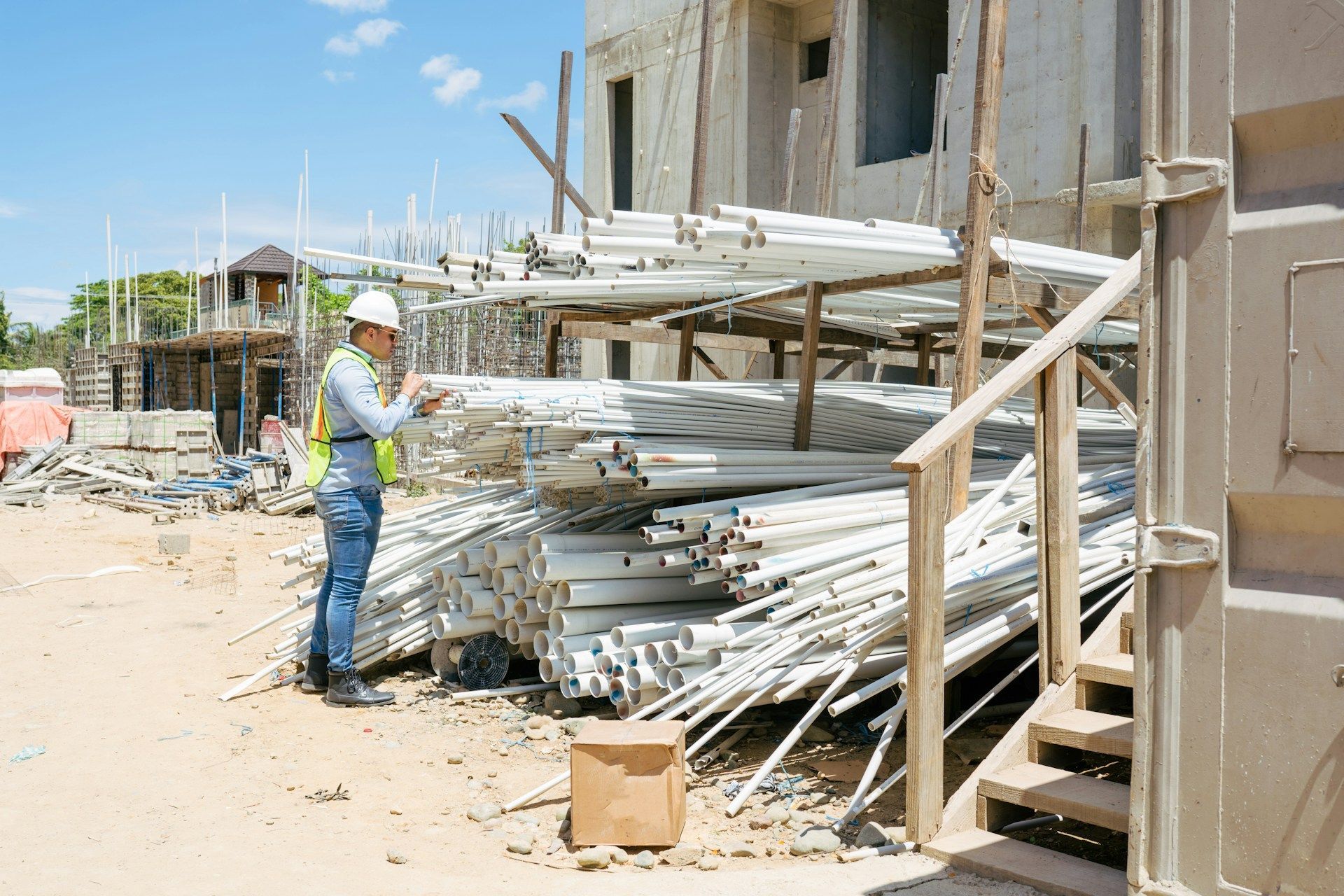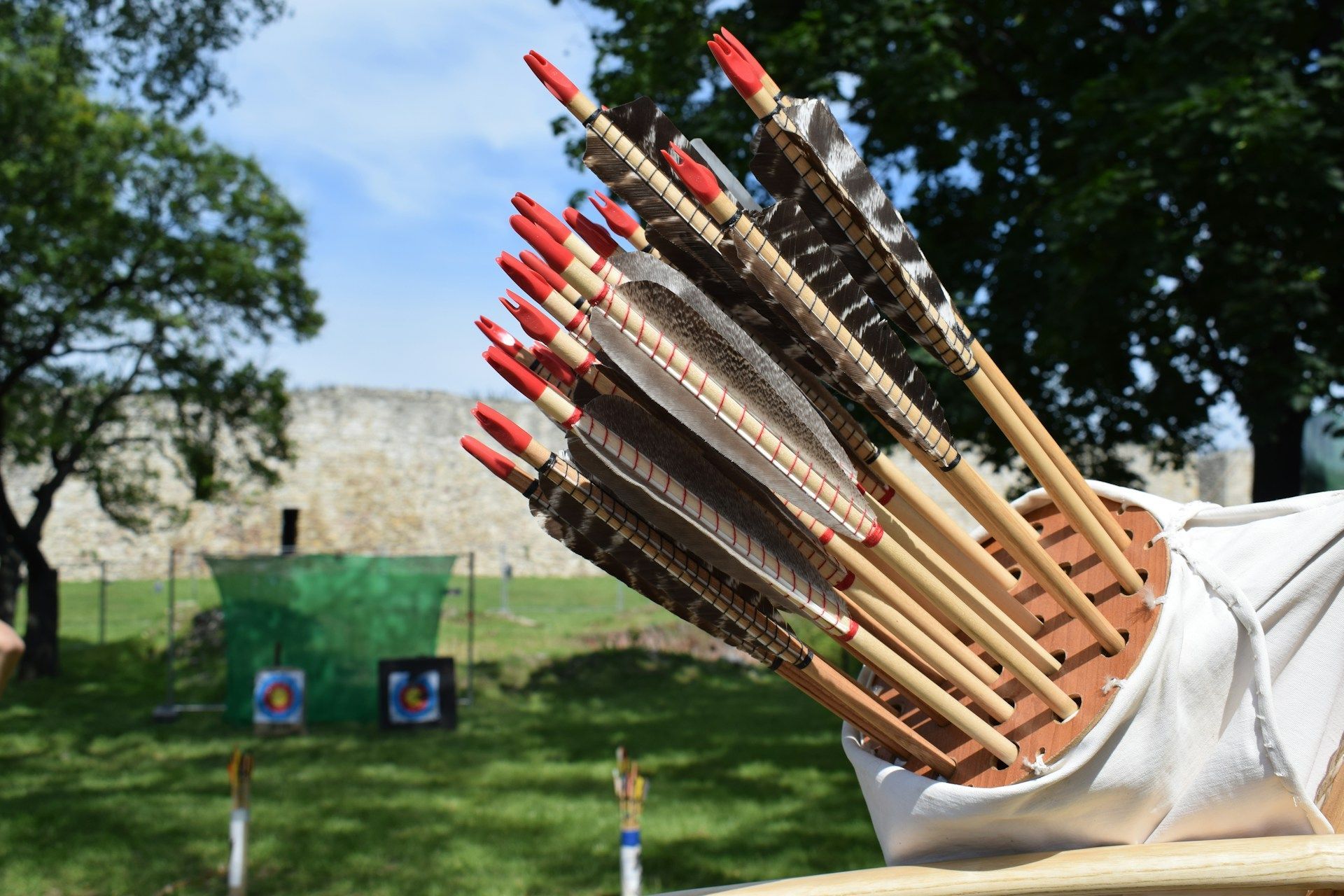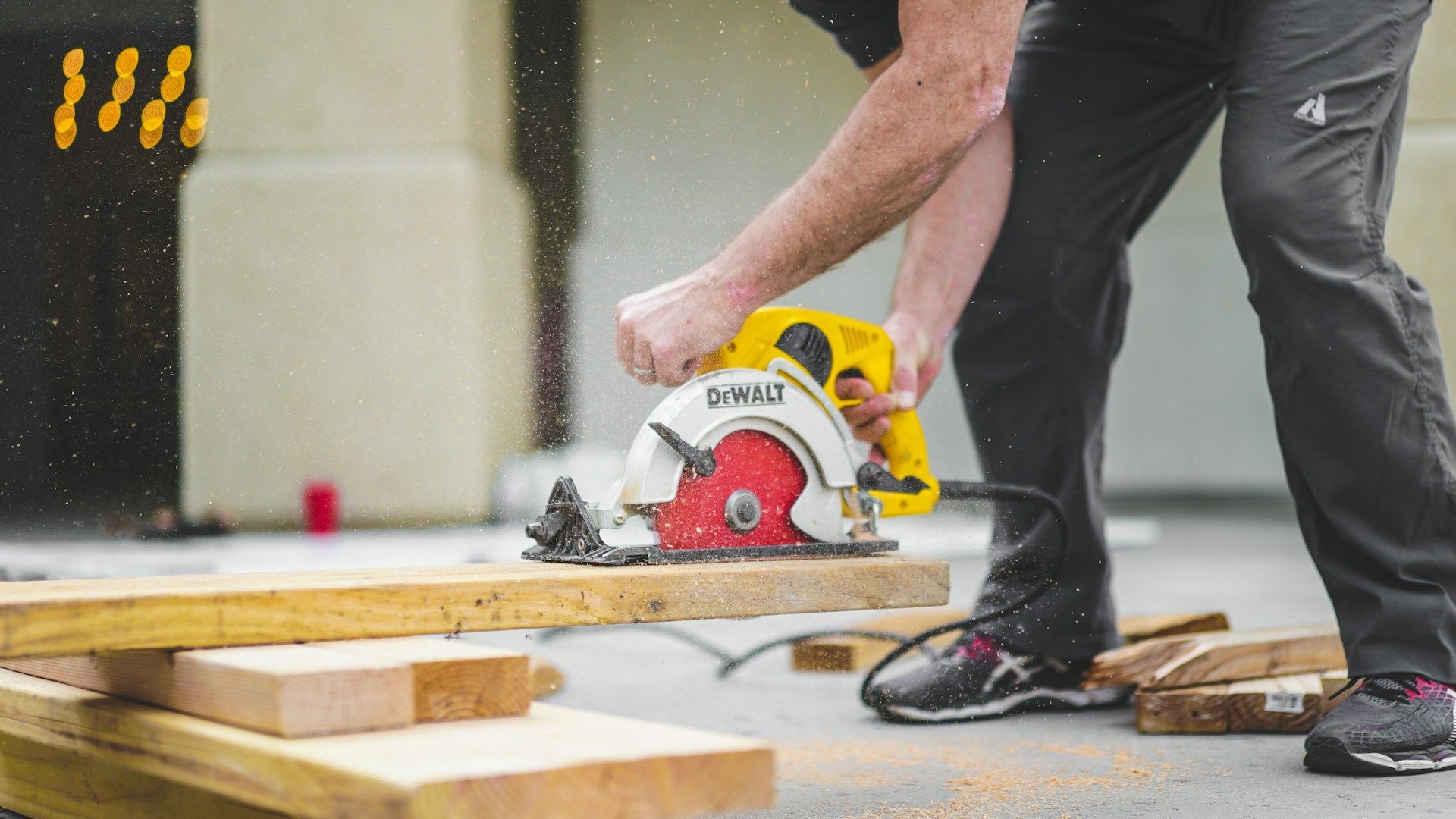What To Do With Grass Clippings After Mowing
Taking care of your lawn means more than just mowing it regularly; it's also about handling those grass clippings in a way that benefits your garden. After mowing, many of us wonder, "What do you do with grass clippings after mowing?" While some choose to toss them, others find creative and eco-friendly ways to use them. Understanding what to do with grass clippings can turn a routine chore into an opportunity to improve your lawn's health.
Leaving grass clippings on your lawn can act as a natural fertilizer, returning valuable nutrients back into the soil. But what if you want a cleaner look? There are proper mulching techniques that can help decompose the clippings efficiently. Additionally, grass clippings can be repurposed in garden beds or compost piles, turning what might be seen as waste into a green resource. Curious about the best way to pick up grass clippings after mowing? Social Circle Ace Home Center has tips and tools for that, too.
In this article, we'll explore all these methods and more, helping you make informed decisions that keep your lawn lush and your garden thriving. From the benefits of leaving clippings in place to various ways to repurpose them, you'll find the best solutions for your yard's needs.
The Benefits of Leaving Grass Clippings on Your Lawn
Leaving grass clippings on your lawn can be a simple yet effective way to maintain its health. When you leave the clippings, they act as a natural fertilizer. Grass clippings are rich in nitrogen, which is an essential nutrient for healthy grass growth. As the clippings decompose, they release nitrogen back into the soil, promoting greener and more robust grass. It's an easy way to give your lawn a nutrient boost without spending extra on chemical fertilizers.
Furthermore, leaving grass clippings on your lawn helps retain moisture. The layer of clippings acts like mulch, reducing evaporation from the soil. This means your lawn will need less frequent watering, saving you time and reducing water usage. It's an environmentally friendly choice that also reduces the workload of maintaining a lush, green lawn.
Another benefit is the reduction of yard waste. Bagging and disposing of grass clippings can be a hassle and adds to landfill waste. By leaving clippings on the lawn, you significantly cut down on the amount of yard waste generated. This makes your lawn care routine more sustainable and less labor-intensive. With these advantages, leaving grass clippings on the lawn is a smart move for both your yard's health and the environment.
How To Properly Mulch Grass Clippings
Mulching grass clippings is an excellent way to manage your lawn waste while also benefiting your grass. To mulch your clippings properly, you’ll need a lawnmower with a mulching blade. These blades are designed to cut the grass into smaller pieces, allowing them to decompose more quickly. If you don't already have one, consider investing in a mulching mower or a mulching attachment for your existing mower.
Setting your mower at the correct height is crucial. Cutting the grass too short can stress the lawn and slow down the decomposition of the clippings. Aim to cut only the top third of the grass blade, which keeps your lawn healthy and your clippings more manageable. Frequent mowing ensures that clippings are small and can easily integrate back into the lawn, preventing the buildup of a thick layer that might smother the grass beneath.
Additionally, it’s essential to mow when the grass is dry. Wet grass clippings tend to clump together and can form a thick mat on your lawn. This can block sunlight and air from reaching the grass, which can be harmful. Dry clippings, on the other hand, scatter more evenly and decompose faster. By following these mulching techniques, you can efficiently recycle your grass clippings while keeping your lawn vibrant and healthy.
Creative Ways To Use Grass Clippings in Your Garden
Grass clippings can be more than just lawn waste; they can become a valuable resource for your garden. One creative way to use clippings is as mulch for your flower beds and vegetable gardens. Spread a thin layer of grass clippings around your plants to help suppress weeds, retain soil moisture, and improve soil structure. As the clippings decompose, they add organic matter to the soil, enhancing its fertility.
Another great use for grass clippings is in your compost pile. Grass clippings are considered "green" material, rich in nitrogen, which balances the "brown" carbon-rich materials like dried leaves, cardboard, and straw. Mixing grass clippings into your compost pile speeds up the decomposition process, resulting in nutrient-rich compost that can be used to feed your plants. Just remember to mix the clippings thoroughly with other compost materials to avoid a slimy, smelly pile.
Grass clippings can also be used to make a liquid fertilizer, often called "grass clipping tea." Fill a large container with clippings and water, let it steep for several days, then strain out the solids. Use this nutrient-rich liquid to water your plants, giving them a quick nutrient boost. These methods turn a potential waste product into a valuable garden asset, improving plant health and reducing waste.
Best Tools and Techniques for Picking Up Grass Clippings
Sometimes, picking up grass clippings after mowing is necessary, particularly if the clippings are too thick or if you prefer a cleaner yard. Knowing the best tools and techniques can make this task easier and more effective. A lawn sweeper is a highly efficient tool for collecting clippings. It attaches to your mower or can be pushed manually, sweeping up clippings into a collection bag as you go.
For smaller yards or tighter spaces, a grass rake can be handy. Look for rakes with flexible tines designed specifically for grass. These rakes help you gather clippings without damaging your lawn. Bagging mowers are another great option. These mowers are equipped with collection bags that store clippings as you mow, making disposal straightforward and convenient.
An old-fashioned, yet still effective, method involves using a leaf blower. Blow clippings into a pile, then collect them with a shovel or rake. This technique is quick and useful for large lawns or uneven terrain. By using the right tools and methods, you can keep your yard looking neat and manage your grass clippings efficiently.
Conclusion
Understanding what to do with grass clippings after mowing can transform your lawn care routine. Whether you choose to leave them on the lawn as a natural fertilizer, mulch them, repurpose them in your garden, or pick them up for a tidier look, each method has its unique benefits. By using these techniques, you promote a healthier lawn and a more sustainable garden environment.
At Social Circle Ace Home Center, we offer a variety of
essential gardening tools and supplies to help you manage your grass clippings effectively. Visit us to find everything you need for your lawn and garden projects. Let's work together to create beautiful, healthy landscapes that benefit both you and the environment.
Department
Contact Information
Payment Types
© 2025 The content on this website is owned by us and our licensors. Do not copy any content (including images) without our consent.
Website designed by Faithworks Marketing

